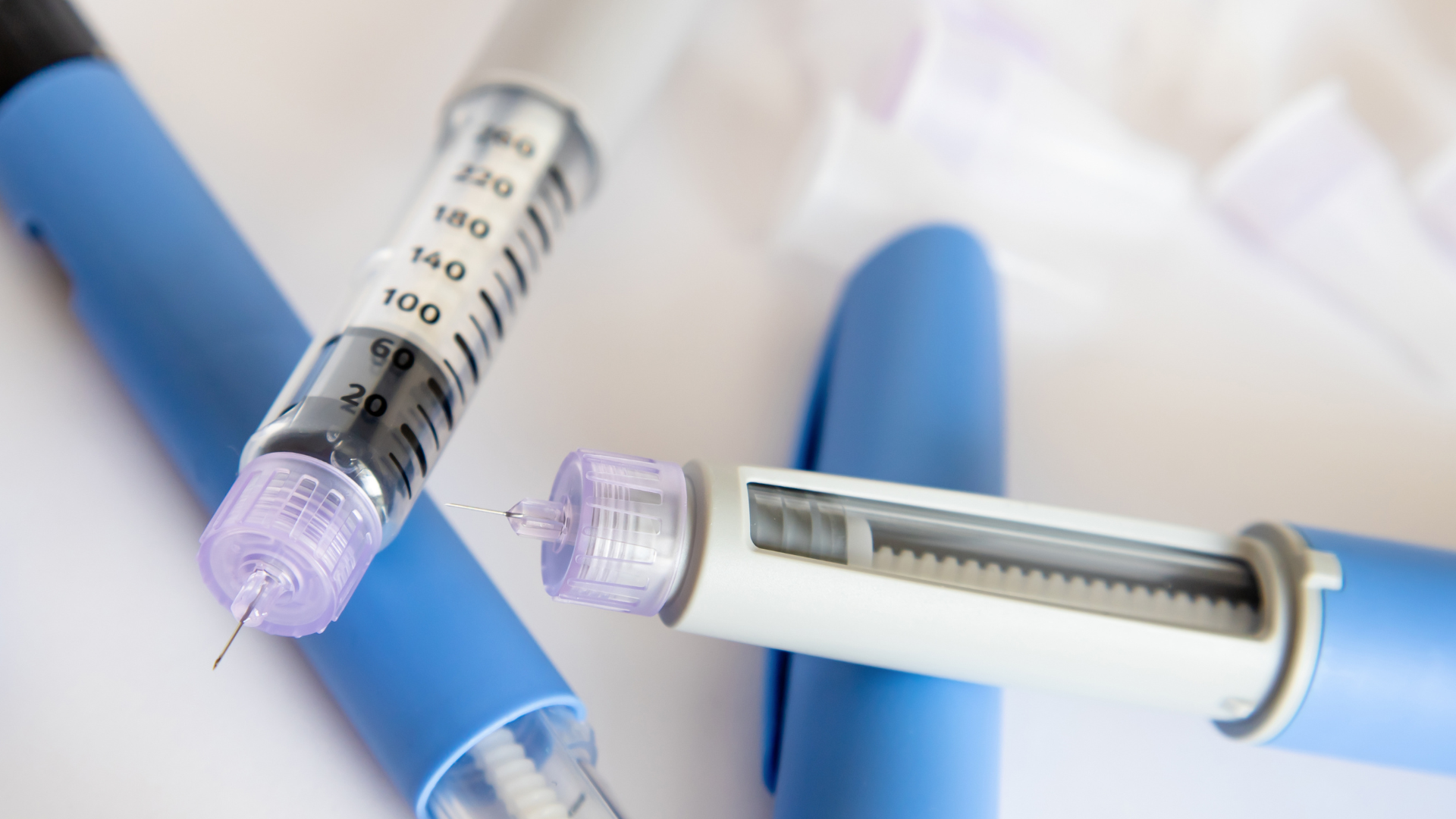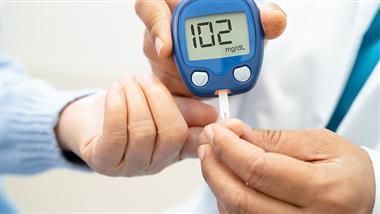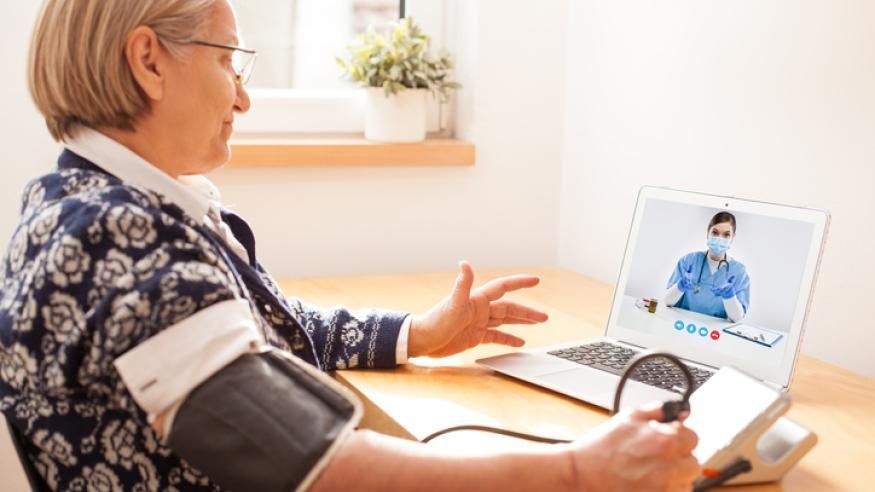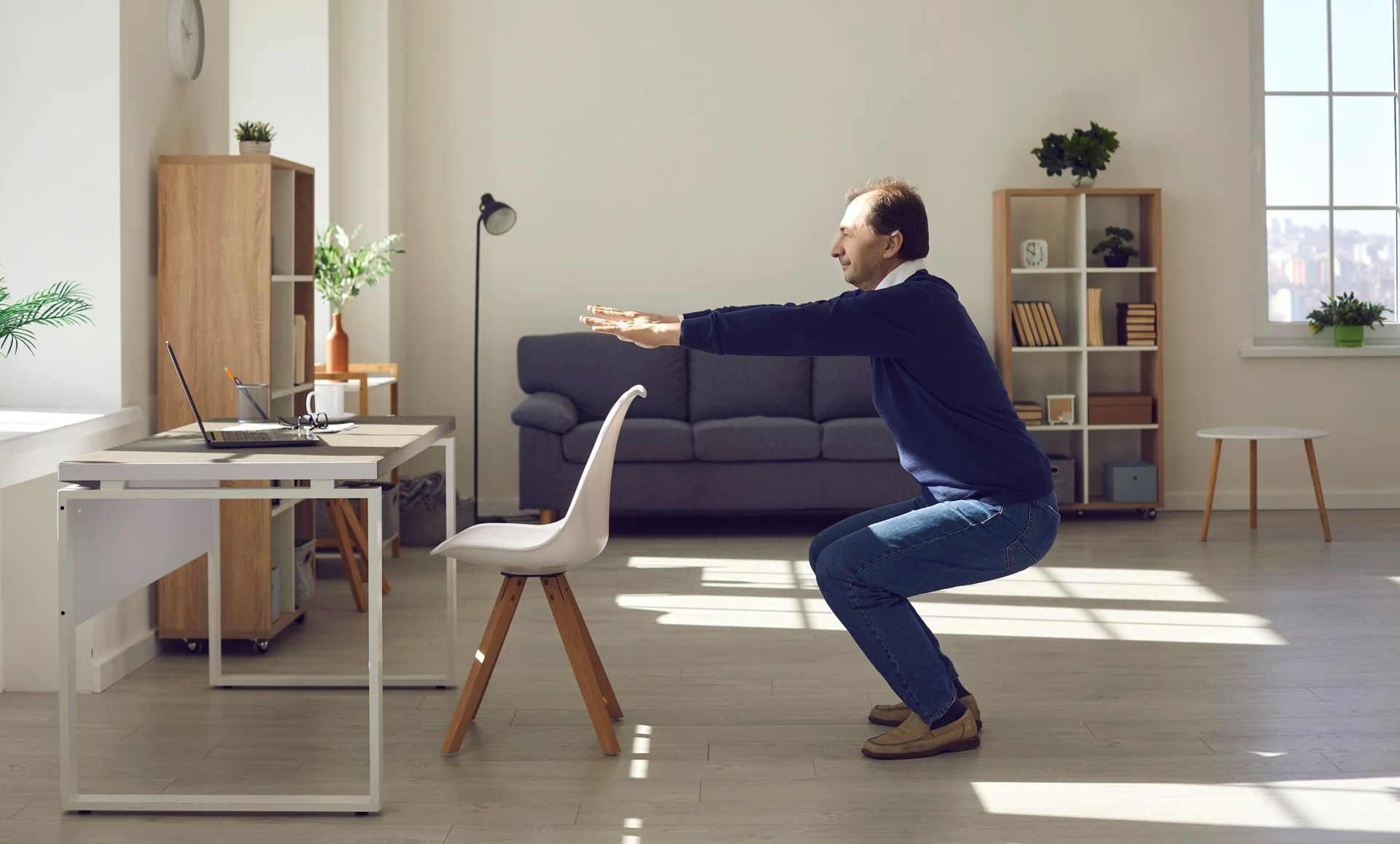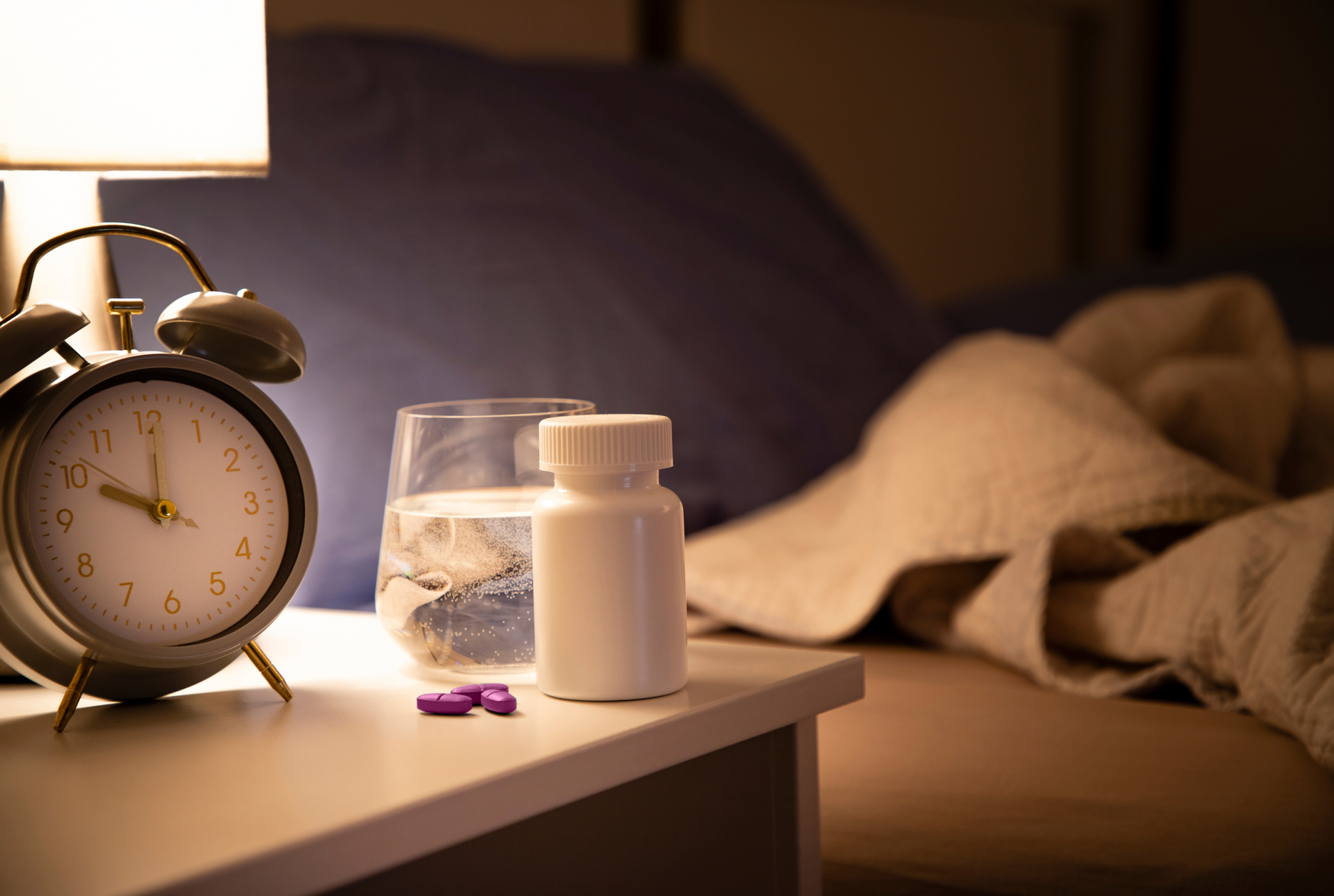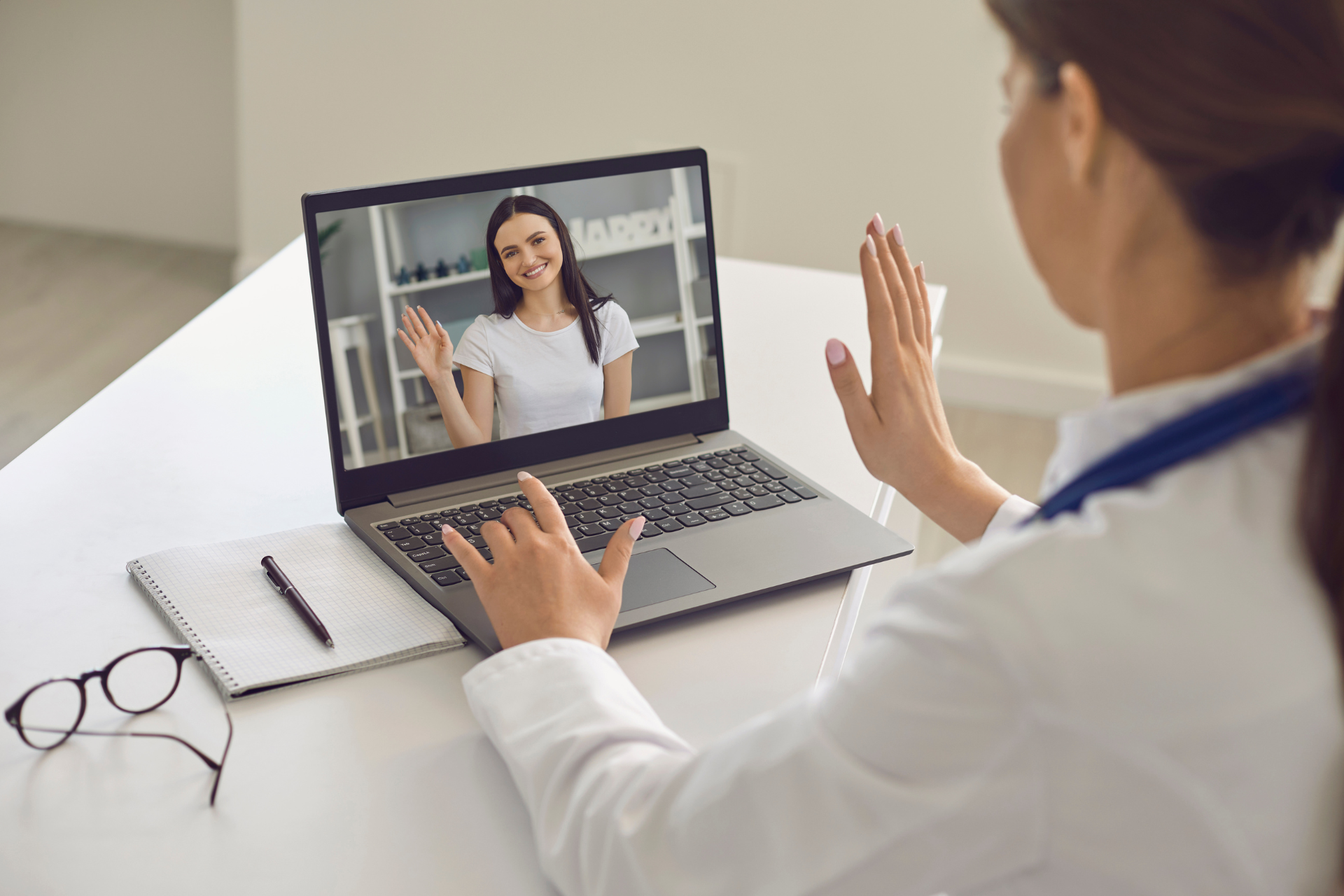Tips for Dining Out With Diabetes on Valentine’s Day
Marcia Kadanoff, who lives with type 2 diabetes, shares her top five tips for enjoying a Valentine’s Day meal out.
Pink and red hearts everywhere, overpriced dinners, wondering if you’ll have a date (or if you got your partner an appropriate gift) – ah, the joys of Valentine’s Day. I’m stressed just thinking about it.
As a person with diabetes, my stress may be a bit different than general Valentine’s Day anxiety.
By this point, my spouse knows enough not to get me chocolates, my biggest landmine food. But the hard thing for Valentine's Day or any other romantic occasion is getting a reservation at the right kind of restaurant and – as always when living with diabetes – planning out my meal.
Special occasion meals take special skills to navigate. The good news is that there are definitely strategies that can help make a romantic dinner somewhere special enjoyable without diabetes taking center stage.
Where I live – the San Francisco Bay Area – many restaurants have Valentine’s Day dinner specials that consist of three to five courses. There’s nothing wrong with eating a multi-course meal, but it does make diabetes management more difficult. From bread to creamy soups and crouton-laden salads to heavy entrées to a dessert that’s potentially cake-filled, multi-course meals can quickly add up to a large amount of carbohydrates, which is a major driver of high blood sugars.
The reality is that even if I choose the “healthier” set menu for a celebratory multi-course meal, I still make a point to think about what each portion is bringing (quite literally) to the table. Here are my best tips for navigating a Valentine's Day dinner out.

1. Upon arrival, hold the bread
For me, it’s easier to ask the server to remove the bread basket from the table rather than rely on self-control. That way, I eliminate the danger of me eating five pieces of bread before the meal even starts.
2. Reach for low-carb, healthy-fat appetizers
Choose a low-carb, healthy-fat (LCHF) appetizer, if possible. Research over the past decade has shown that for people with prediabetes or type 2 diabetes, eating protein and vegetables before carbs results in lower blood sugar levels than eating carbs prior to protein and vegetables.
In my experience, some of the more common LCHF appetizer options include:
- Caesar salad, requested without croutons
- Beef or salmon carpaccio
- Ceviche (I ask for chips or crackers on the side to control portions)
- Shrimp and avocado
- A shared cheese or salami plate

3. Choose the main course wisely
I order my entrée with vegetables only, meaning that I request or substitute vegetables for any carbs that come with the meal. This is something I do every time I eat out, not just during multi-course or special occasion meals.
Typically, I avoid rice, potatoes, pasta, anything with a crust, or anything fried. I also try to stay aware of hidden sugars in sauces, dressings, and condiments. As mentioned in the research above, studies have shown that sugar doesn’t raise blood glucose any more than starches do. In other words, just because something’s not sweet doesn’t mean it won’t raise blood glucose.
Another thing I keep in mind: Eating too much protein in one sitting will cause the body to convert excess protein into glucose. While protein doesn’t affect blood sugar as much as carbohydrates, I’ve found that large quantities can have a significant impact on my blood glucose.
Personally, if I’ve had already protein as part of my appetizer, I’ll try to stick to eating:
- 100% of a fish entrée
- 75% of a chicken entrée
- 50% of a beef entrée
In other words, I’m just watching how much protein I’ve had in my meal. This works for me, based on how my sugars respond to different meals in the past, but I encourage anyone with diabetes to experiment and use blood sugar readings and data to figure out if a large amount of protein results in blood sugar spikes…or not. For many, protein has a minimal impact on blood sugars.
Another good rule of thumb, particularly during multi-course meals, is aiming to have leftovers. I like to box mine up and enjoy them the next day, benefiting me both health- and wallet-wise. Some studies have concluded that restaurant meals frequently exceed the calorie requirement for a single meal – sometimes the caloric requirement for an entire day. This doesn’t even take into consideration beverages, appetizers, desserts, and other add-ons.
4. If it brings you joy, savor a little bit of dessert
It’s easy to go down the path of thinking that living with diabetes means that one should avoid dessert during meals, even on a holiday like Valentine's Day. We’ve all had a well-meaning family member or friend who stigmatizes or questions food choices or the decision to indulge in something sweet.
And sure: nobody – living with diabetes or not – really needs dessert. But total restriction can result in overindulgence later. If saying no to a bite of cake at the dinner table leads to eating an entire sleeve of cookies later that night, the cake may be the better choice. We all know our bodies (and our diabetes) better than anyone else. Of course, as with the rest of the meal, it’s important to be intentional about eating dessert.
I’m a self-professed chocoholic, which means that my dessert of choice on Valentine’s Day (and during basically every other special occasion meal) is a flourless chocolate cake, often called a chocolate lava cake. To maximize my enjoyment of chocolate, I order these without the fruit garnish and ice cream and often request a small dessert spoon. After I savor a few glorious spoonfuls, the remainder of the dessert goes to my partner, Rich. In my experience, this system protects me from a spike in blood sugar (and makes Rich pretty happy, too).
To be sure, this system of moderation only works because my partner holds me accountable. Moderation may not work for some – some people prefer to avoid landmine foods completely.
Some people with diabetes will react poorly to even this much sugar, but my continuous glucose monitor (CGM) indicates that I do not (I stay below 140 mg/dL with a few spoonfuls of dessert). One thing that really helps me in cases like this is choosing a dessert that is high in dark chocolate and relatively low in sugar. I’ve experimented with other desserts (a flour-based chocolate cake, for example) and found that for me it simply doesn’t work.
5. If dessert will lead to more grief than enjoyment, it's worth skipping
As I mentioned above, having a bit of dessert can help me stave off future cravings and binges. However, if the dessert isn’t exactly what I want, I frequently consider skipping it. In my mind, a suboptimal dessert isn’t worth the high blood sugars and future complications.
Dining out with diabetes: The bottom line
At the end of the day, Valentine’s Day is about love, not stress. These strategies help me show my body love by managing my diabetes well. While they involve some mindfulness, they also help me to take the stress off the worries of managing diabetes so I can focus on the real point: Enjoying a special meal with my special person.
Healthy Bites



